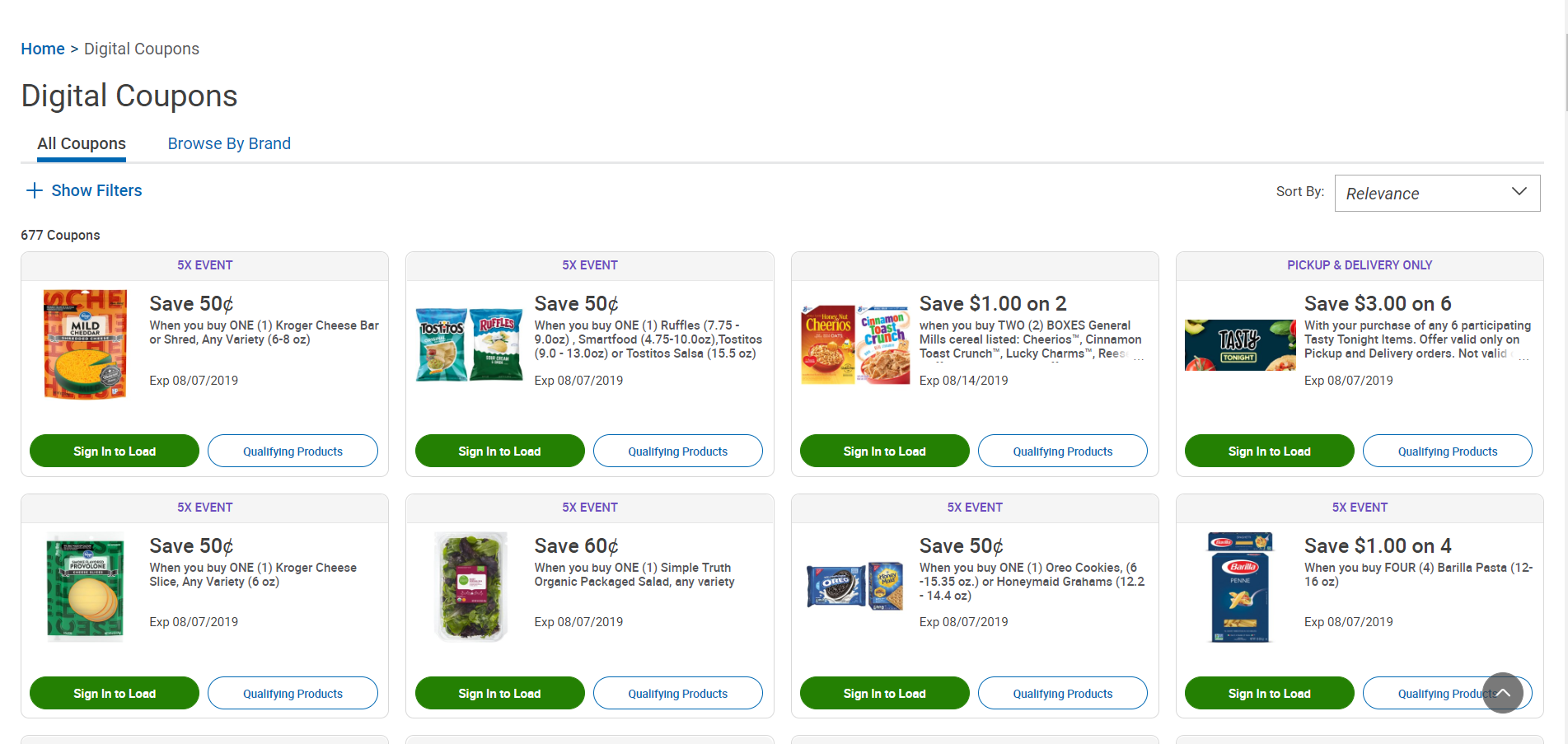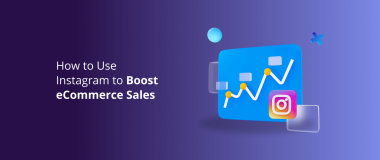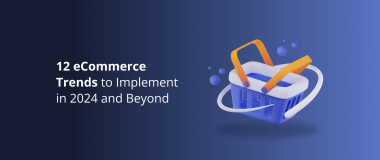In the digital age of globalization, your website is everything. Even if you own a brick and mortar store, your website is often the first thing potential customers experience about your brand – call it your digital front door. Your website’s design has a large bearing on how customers find your company, how much time they spend browsing your products, and even if they choose to convert or make a sale.
If there’s one demographic your eCommerce website should target, it’s millennials. As the largest generation in the U.S. labor force, (comprising some 56 million, according to the Pew Research Center). As they accrue more wealth, they are expected to spend a whopping $1.4 trillion in 2020. Appealing to this market can significantly impact your sales – but how can you create an eCommerce website that millennials want to visit?
What Is a Millennial?

There is some debate as to what actually defines the millennial generation. The Pew Research Center defines Millennials as those born between 1981 and 1996, though some estimates go as late as the year 2000. In general, they make up about a quarter of the U.S. population and are responsible for 21% of all discretionary purchases in the country. Over half (53%) of millennial households have children, and one in four millennials are parents.
As a generation, millennials tend to be more value-driven than Gen X or Baby Boomers. Fifty percent of millennials say they are willing to spend more on a purchase if it supports a cause, and brands that come out to stand for more than their bottom line receive more millennial support. They are also technology-driven, with the demographic 2.5 times more likely to be early adopters to technology than previous generations.
With regard to brand experience, millennials are only willing to try new things if they deem them useful. At the same time, 80% of millennials think brands should entertain them. The generation is the most likely to provide feedback about brand experience, with 70% reporting that they feel a responsibility to share their experience about a product or service with others.
Millennial Takeaways
In general, millennials tend to be technology and value-driven, more so than previous generations. They demand authenticity, transparency, and genuine interaction from their buying experiences. Companies looking to appeal to millennials can learn from a few takeaways:
- Content is king. Millennials like to generate their own content (pictures, social media posts, check-ins) and share the content of others. Appealing to the generation through content strategy can generate more traffic and sales.
- Millennials provide feedback that businesses can learn from and apply. It’s especially important to check review platforms like Yelp and Google to continually provide positive customer service.
- The millennial market tends to be the first to try technology. By keeping pace with digital trends, brands can differentiate themselves from the competition.
Brands Successfully Targeting Millennials
To understand what kind of online experience millennials want, it’s helpful to look at brands that are catering to the demographic successfully. A recent survey found that millennials do 60% of their shopping online, so creating a seamless digital experience, along with a brand reputation that appeals to millennial values, is a must for maintaining a competitive edge. Business Insider recently released a list of the Top 100 Brands millennials love, including some brands with eCommerce experiences.
Panera Bread
The fresh food fast brand differentiated itself from the competition by offering preservative-free, healthy offering with a convenient ordering system that appeals to millennials. It is a digital pioneer in the food world, offering online ordering, and with nearly 1/3rd of its sales digital (in some markets, nearly ½ of its sales are digital). Delivery and a rewards program are the icings on the GMO-free breakfast pastry.
Dove
There’s nothing particularly exciting about Dove’s formulation itself, but Dove won over millennial’s hearts with its advertising campaigns. As one of the first beauty brands to embrace a variety of models – people of color, bodies of all shapes and sizes, and hair types of all colors and textures – Dove created an authentic beauty experience that millennials could relate to and see themselves in. Dove was also one of the first to skip airbrushing in ads, empowering customers to embrace their bodies as is.
Kroger
In-store grocery shopping is on its way out, and Kroger seized an opportunity to appeal to millennials – particularly young millennial parents – with its curbside pickup and home delivery programs. Customers can shop weekly ads and even apply digital coupons to their orders for pickup and delivery. Loyalty programs like Kroger Rewards and gas discounts keep millennials coming back through the grocery retailer’s digital doors.

Best Buy
Call it the little digital retailer that could. Back in 2012, the technology store’s decline seemed inevitable. The brand proved it could make a comeback – and has – by shutting most of its brick and mortar locations and prioritizing its digital experiences. Boutique customer service in the form of the Geek Squad helps tech-savvy millennials navigate their arsenal of devices.
Nike
As the most beloved brand of millennials, the brand has tried to assert itself as being on the right side of history, from choosing inspirational spokespeople for its Just Do It campaign such as Colin Kaepernick and the U.S. Women’s National Soccer Team. On the digital front, Nike won over millennial hearts by acquiring retro-cool brand Converse, creating its own running and fitness app, and even launching “Nike By You,” a customizable footwear platform.
How To Make Your Website More Appealing to Millennials
Want to earn your coveted spot in Millennial’s hearts? Even if your business is not big enough to make a Top 100 list, you can still take steps to improve your web design and make it more millennial-friendly.
Optimize It for Mobile Browsing
Millennials do their shopping on the go. They use their phones to research products, complete online reviews, check in with businesses on social, and make purchases. Being able to access products and information via mobile is extremely important. If your website is not already optimized for mobile, it can be a simple and effective way to improve your site’s user experience and design.
Ease of use should always be at the forefront of your mind as you undertake any website design, and a large part of that is making sure your web experience translates seamlessly between devices. Your website should load smoothly on mobile phones, tablets, desktop computers, laptops, and more. If a customer cannot find what they’re looking for easily, they are more likely to find it from a competitor.
Tone Is Everything to the Millennial Market
When it comes to designing your website content, knowing millennial psychology is essential. Speaking to the population’s feelings, values, and thought process will help increase your conversions and ultimately help create a brand experience that millennials will want to connect with.
Regular engagement on social media is one aspect of good content generation, but also consider the language of your website, product descriptions, and even your imagery. Remember that millennials like authenticity, so things like stock photography can be a big turn-off.
Be Informative, Not Salesy
Millennials may not all be digital natives, but they have spent much of their adulthood in that world, spending years researching products and posting reviews online. They tend to be discerning buyers and seek multiple sources of input before making any purchasing decisions. As such, they can clearly delineate between useful content and clickbait advertising.
You won’t woo them with the hard sell, so try to be as natural and helpful as you can when trying to attract this kind of consumer. Millennials also like it when brands participate in conversations about themselves, so respond to user reviews and feedback promptly.
Add a Self-Service Option
A recent report found that 90% of customers expected a self-service option when they want help with a product or service. This could be something as simple as an FAQ section on your website, to something as involved as online reservations or forms. Millennials are used to solving their own problems with technology, and they expect businesses to cater to that need.
Coming of age in the digital age, Millennials are all about instant gratification and prefer self-service to speaking to a customer representative. They don’t want to sit on hold and generally avoid speaking to customer service if they can avoid it.
When you design your website, create a support center that has information that would be helpful to your users, whether it’s how-to videos, tutorials, webinars. As an added bonus, this will improve your SEO because it will increase your customer engagement with your website as a whole.
Make User Experience Your First Priority
No matter how niche your market, you will always have competitors. One thing that can differentiate you from the competition is user experience, which becomes even more important in the global economy. Research shows that some users will pay more for a product or service if they get good user experience.
Additionally, the number one reason that people switch loyalties is because of bad user experience. Millennials have higher expectations regarding user experience than previous generations, and they can change their minds quickly. If your website load times are too slow, it’s hard to find information, or images do not load appropriately, they will just find what they need somewhere else.
When your users go to a competitor’s site to find what they need, you lose out on revenue, possibly for good. Since millennials have short attention spans, design your site for easy engagement. Don’t overload it with content, make it easy to navigate, and design with mobile shopping in mind. Users should be able to do whatever brought them to your pages with ease.
Millennials and Websites –A Profitable Combination
Marketing to millennials is not an exact science – it evolves as customer trends come and go. Keeping the basic values of this generation in mind as you create or revamp and eCommerce site can help your business keep pace with the digital economy. Remember that millennials are value-driven, but they like brands that provide sincere interactions.
As a whole, the generation prefers useful content and experiences over the hard sell. Above all else, they want website experiences that are easy to navigate. If they can’t find what they’re looking for within the first few moments of going to a website, they will just look elsewhere. Website design for millennials should always keep a good user experience in mind. By catering to their needs, your eCommerce store can improve its metrics and ultimately increase sales.
About the Author:
 Jenny Stradling is a proud Xennial and CEO of Eminent SEO, a digital marketing agency specializing in web design, technical SEO, paid ads and other multi-channel marketing services. Jenny has been learning and implementing website SEO strategies since 2005. In her spare time, she enjoys painting, photography, yoga and listening to podcasts. Say hi and follow her on Twitter: @DayofJen.
Jenny Stradling is a proud Xennial and CEO of Eminent SEO, a digital marketing agency specializing in web design, technical SEO, paid ads and other multi-channel marketing services. Jenny has been learning and implementing website SEO strategies since 2005. In her spare time, she enjoys painting, photography, yoga and listening to podcasts. Say hi and follow her on Twitter: @DayofJen.




